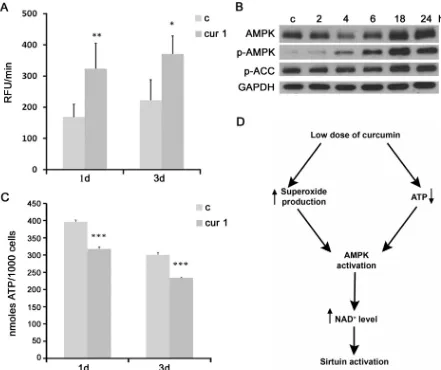Curcumin elevates sirtuin level but does not postpone in vitro senescence of human cells building the vasculature
Full text
Figure
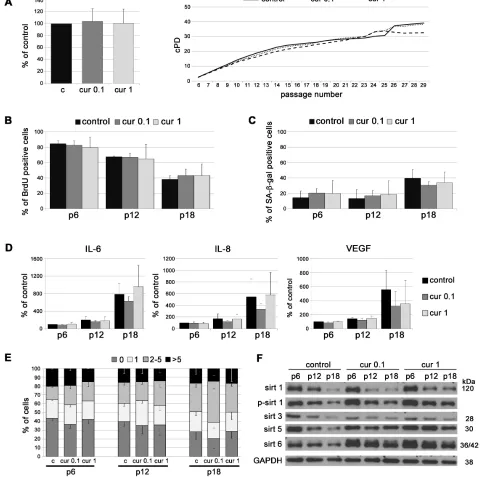
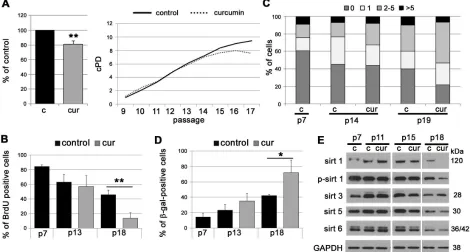
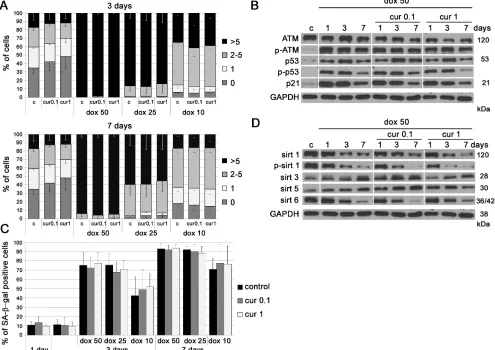
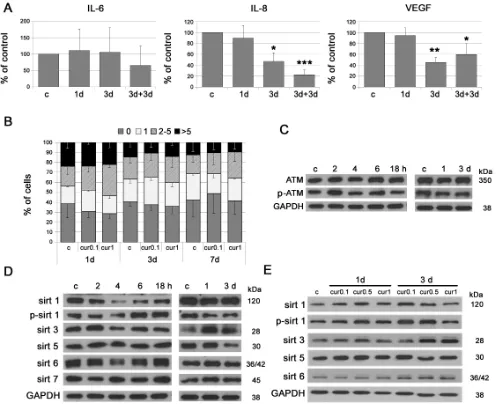
Related documents
Key beliefs underlying public feeding of free-roaming cats in Malaysia and management suggestions.. Human Dimensions of Wildlife,
This findings is in line with what was found by Mary Ann Seday (2007) in which the proportion of youth reporting “never having sex” increased from 88 to 92 per cent, after
glycan samples.. HPLC separation of a complex mixture seldom resolves peaks and MS scans contain many species at any given time. B) A single precursor MS scan with several peptides,
In this paper, however, we show that Islam and Biswas’s scheme cannot achieve the claimed security goals and report its flaws: (1) It is vulnerable to offline password guessing
We compared the response of ROS to LFMC in shrubland fire experiments obtained when including the different sources of uncertainties and biases mentioned above with other
In highlighting bidding success as becoming more central to the competitiveness of destinations, Getz (2004) laments that most research attention has been paid to
Secondary outcomes include culture-proven bacteraemia at 12 and 24 months; primary, secondary and functional patency rates at 3, 6, 12 and 24 months; stenosis, thrombosis
We emphasize once again the need for a broad structure for active, systematic, intensive collection of methodically assessed data from observational prospective and other

